British nobility and its order of precedence (British nobility chart) have played a major role in influencing the history of the country.
It is a complex system and the most important thing about this is that Britain still functions under the class system. Though the system has gone through many changes and developments through years, many of them are remembered till date.
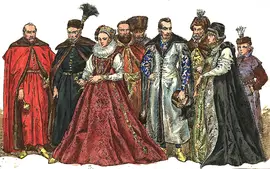
The peerage is a legal system of British nobility ranks, titles, and honours where the holder of the title has the right to sit in the House of Lords. Members of the British royal families, usually the male members, have been ennobled since centuries.
However, today, the hereditary peers have not much special rights, privileges or responsibilities. It has represented the highest realistic echelon of society till date which is below the level of royalty. It is a social distinction which is usually based on heredity, but nowadays, it is given on distinguished public service. Also, read about what is primogeniture?
In this article, I have used various terms interchangeably – English royal titles, British nobility ranks, English title hierarchy, hierarchy of aristocracy. Also check out Irish royal titles and English female royal titles. Also see other countries with Royalty.
British Aristocracy Ranks
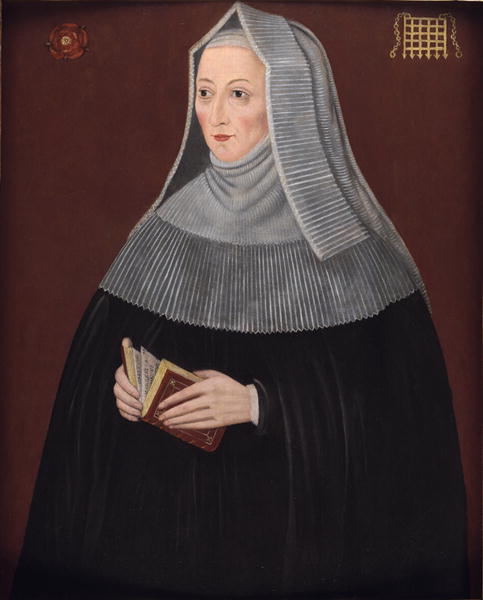 For common people, British nobility consists of peers and families. Members of the hereditary peerage or aristocracy carry titles of Duke (Duchess); Marquess (Marchioness); Earl (Countess); Viscount (Viscountess) and Baron (Baroness).
For common people, British nobility consists of peers and families. Members of the hereditary peerage or aristocracy carry titles of Duke (Duchess); Marquess (Marchioness); Earl (Countess); Viscount (Viscountess) and Baron (Baroness).
Most titles are derived from place names while some were from surnames also. Apart from Duke and Duchess, all the other titles can be put in Lord and Lady form.
History of English Nobility Titles
English nobility can be traced back to last thousand years. It is not exactly knowing when it started. The ranks were developed gradually and were different in different parts of English societies and countries. After the formation of Great Britain in 1707 and the United Kingdom in 1801, successful establishment of peerage in British was made.
Moreover, nobility could be seen in feudal worrier classes where knights and nobles were considered mounted warriors who took the oath to serve and fight for the sovereign in exchange of land.
What are English Titles of Nobility? What is British hierarchy chart?
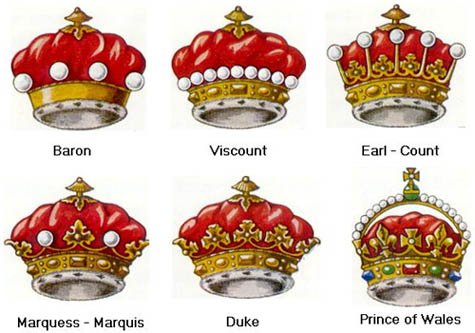
Each of the nobility ranks was created with time. Initially, they were referred to a specific title, were hereditary and descended in the male line only. For example, the eldest son of the Duke, Marquess and Earl used junior with his father’s title as civility title.
Moreover, non-hereditary positions were created 1867 and 1858 generally. The Life Peerage Act of 1958 enables the life-peers to sit in the House of Lords and within few years hereditary peerage became obsolete.
Royal Nobility Titles: Who are Duke (Duchess)?
This is one of the British nobility ranks that was created in 1337. It was derived from the Latin word, dux, which means the leader. This is the highest form of non-royal British hierarchy. The Duke is “Most Noble” and is styled “My Lord Duke”.
All his younger sons are called. “Lords” and daughters are called “Ladies” with the prefix “Right Honourable”. The coronet of Duke was a circlet, discriminated with 8 conventional strawberry leaves. It is enclosed with a velvet cap.
Members of the royal family too sometimes carry the title, as an exception from the general rule and system. The Dukes in the United Kingdom are addressed as ‘Your Grace’. In the peerages of Great Britain, England, Scotland and the United Kingdom there are twenty-seven dukedoms held by twenty-four persons.
Royal British Nobility Title: Marquess (Marchioness)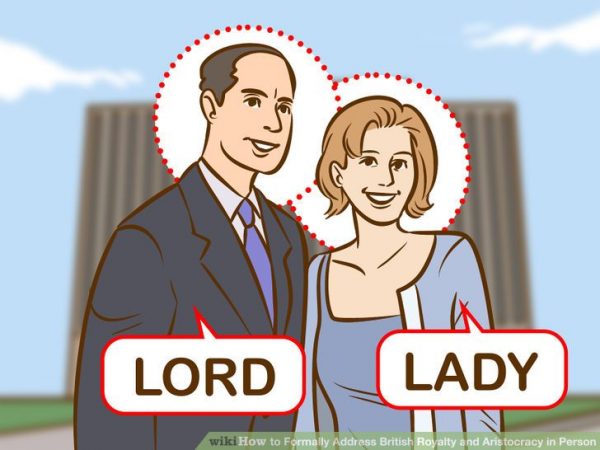
Marquess is the rank next to Duke and is “Most Honoured” was derived from German word, mark, which means border. He is styled “My Lord Marquess” and his eldest son used to bear his second title whereas the younger sons were “Lords” and daughters, “Ladies”.
The coronet for Marquess is golden circlet distinguished with 6 strawberry leaves and as many pearls arranged alternatively. In Britain, this title was created in 1385.
Titles of Royal British Nobility: Earl (Countess)
Before the titles of Duke and Marquess were developed, Earl used to be the highest rank in English aristocracy and was after the King. The term is derived from old Norse word, jarl, which means warrior or nobleman. The title began to be used in Britain in c.800.
It replaced the old title of Ealdorman. The Earl represented the King officially in the counties. The normal form of addressing them was Lord and lady. The wife of Earl is called Countess because there is no feminine form of Earl. An Earl is “Right Honourable”.
English Nobility Titles: Viscount (Viscountess)
The title Viscount was created in 1440 and was derived from Latin word, vicecomes or vice-count. It was the fourth degree of rank in British aristocracy and fourth degree of dignity in the British peerage. A Viscount is “Right Honourable” and is addressed “My Lord”. All his sons and daughters are addressed “Honourable”. The coronet is a circlet with a row of sixteen small pearls set on it.
Royal British Nobility Titles: Baron (Baroness)
Baron is the lowest rank in the British peerage and was derived from old Germanic word, baro, which means freeman. They were mostly the holders of the land granted to them directly by the King. They were addressed as Lord and Ladies.
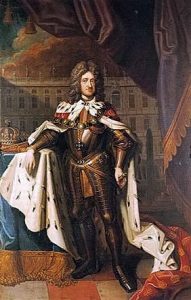
Royal British Nobility Title of Baronet (Baronetess)
This was a special hereditary rank created in 1611. The rank was below Baron and above Knight. It was created with an intention of raising money for the suppression of Ulster, the rebellion. Baronets had to pay £1,080 for the privilege of their rank. They were also addressed as Lords and Ladies.
Royal British Nobility Title: Knight
Knight was the most common title and the holder was addressed as Sir and the wife was addressed as Lady. It lasted for the lifetime of the holder and was not transferrable.
This is in nutshell and is a glimpse of the English titles of nobility.
What are the British Royalty Ranks? British nobility chart?
The styles and titles of the British royal families can be understood by taking the two periods – before and after 1917. The determination of the order of precedence is based on various factors.
First British Royalty Rank: Queen/King
The King or the Queen of the United Kingdom is always first in the order of precedence. In fact, this is the first situation where the king follows by the queen consort and is the first in the order of precedence for women. The monarch, in fact, outranks every other person.
Prince/Princess
Prince and Princesses were the children of the monarch in England. They held one of the English royalty titles and this could vary in ranks.
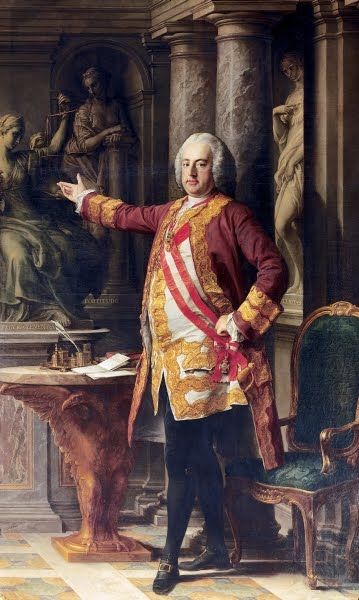
Duke/Duchess
Originally the dukes were of royal blood. The sons of the King when reached the right age, they were typically given the title.
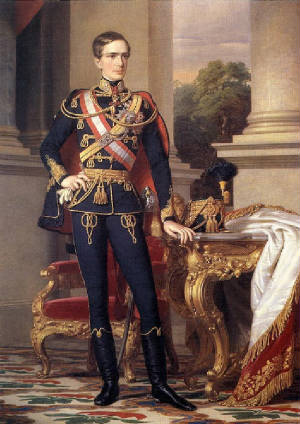
The titles usually were inherited. It was only after 1958 that the permission for creating non-hereditary lifetime titles was given. Also see Irish nobility titles.